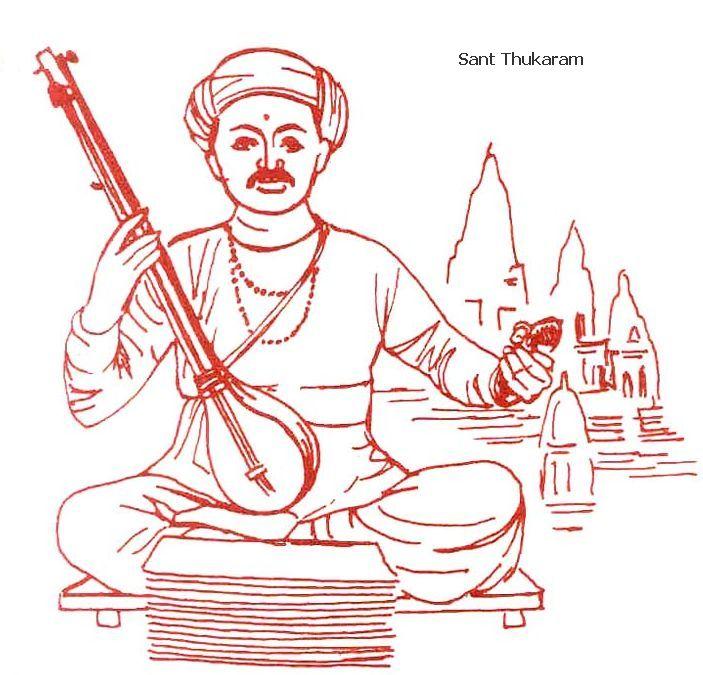Dolotsavam

Dolothsava Bhajan Part I
Dola means Cradle/OOnjal. Dolothsavam, literally means keeping God in the Cradle/Oonjal and swinging it. If we consider Sri Raama as a child, then Dola has the meaning of Cradle. We imagine putting Sri Raama (in the form of a child) in the Cradle and make him sleep. Sri Thyaagaraja Swamigal has rendered a set of songs for this Uthsavam wherein he used to invite Sri Raama to come to his house with Seetha, Lakshmana, Bharatha, Sathrugna and Hanumaan and stay in the Mani Mandapam placed in his house so that he can have His darshan and perform pooja to Him. Through his songs he imagined that Raama has thus come and he did Paada Prushtaalanam and made him seat on the peettam and offered Milk, Fruits, various Madhura Palahaarams etc. etc. and Betal Leaves and Nut. He did haarathi to Him and requested sri Raama to go to Sayanam with Seetha Piraatti. While They thus were in Sayana Gruham, Thyaagaraja Swaamigal rendered songs to please them and to make them comfortable. Next day he used to wake up early and sing Prabhodhana Song in Bhoopaalam to wake up the couple in the Pooja room. This was his daily practice. That shows his nearness to God and the depth of his Bhakthi.
In Dhakshina Sampradaaya Bhajan, The Dolothsavam got little widened with more songs added by Sri Appa (Pudukkottai Gopalakrishna Bhagavatha Swami), who added important and befitting songs from Pawwalimbu. While the theme is same as in Sri Thyaagaraja Swamigal's Dollotsavam, here there are more opportunities to involve oneself more deeply and by enacting the entire episode according to one's own understanding. As in Pooja Paddhathi, here also, through the set songs, we receive God, do Pooja and pray to him for our upliftment. Normally, this is interpreted as making newly wed dampathis (God with Goddess) enter Sayana Gruha in seclusion and enjoy themselves. This is the worldly way of seeing it and is the materialistic way of perception. Let us look at it with a philosophical bent of mind:
It has been stated earlier hereinabove that Jeevaathma, having realised the origin remains in Adwaitha Bhaava. To remain permanently in Sachidhaananda, we must practice Nidhidhyaasanam. Even in the Dhyaana state, there is coming back into the world periodically, since with the body we have to perform certain natural duties and till we caste away the body, we have to live in the world. To go into Dhyaanam we have to purify our mind, arrest the activities of the Dasendriyaas, and never entertain Ego and be always in the smarana of the Lord. This requires Bhakthi & total Surrender to the Lord within. Then we can receive the Lord within our pure Mind in the lotus shaped Peettam, offer Him Milk, Fruits, Madhura Palahaarams, Thaamboolam (Betal Leaves wand betal nut) etc. This indicates that we pour all our material possessions, pleasures and pains unto the Lord (Casting away our materialistic pursuits and making ourselves Saathwic like the colour of the Milk). The meaning of offering Thaamboolam is that we surrender to the one to whom it is offered. Then we do Mangala Haarathi to indicate our readiness to be one with Him.
- Achala Bhakthan .